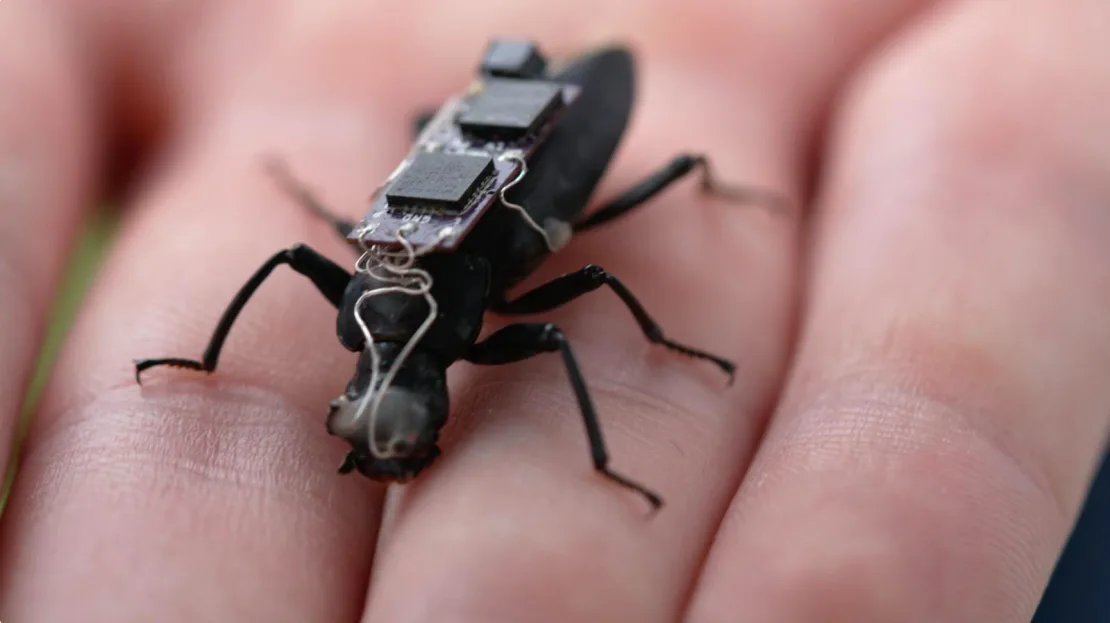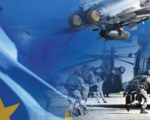Researchers at the University of Queensland are creating cyborg insects that could revolutionize search and rescue operations. By implanting tiny circuits into the backs of beetles, they are crafting biohybrids—part-living, part-machine robots that could help in situations where human access is impossible, such as after natural disasters like earthquakes or bombings.
Lachlan Fitzgerald, a student studying mathematics and engineering, is leading the project. The beetles are outfitted with backpack-like devices that send electrical pulses to their antennae, allowing Fitzgerald to control their movements. This technology harnesses the insects’ natural agility, enabling them to navigate tight and hazardous environments with ease. Fitzgerald envisions a future where swarms of cyborg beetles could be deployed in disaster zones to find survivors or deliver life-saving drugs before human rescuers can safely enter.
The project also involves implanting control backpacks on giant Australian burrowing cockroaches and darkling beetles. These species are chosen for their adaptability and ability to navigate complex environments, making them ideal candidates for disaster response. Unlike traditional robots, insects can navigate with little computational effort, making them more efficient in unpredictable, real-world situations.
Despite their small size, cyborg insects could play a significant role in saving lives by quickly locating survivors in disaster zones and delivering essential aid. However, Fitzgerald acknowledges that there are still challenges to mastering the control of these insects, and it may take years before this technology is fully operational.
Fitzgerald is not the only researcher experimenting with biohybrid robots. At the California Institute of Technology (Caltech), researchers have implanted pacemakers into jellyfish to control their swimming and gather data from the deep ocean. Meanwhile, researchers at Cornell University have used king oyster mushrooms to control robots, which could be used for environmental sensing, like detecting soil chemistry for crop management.
While the rise of biohybrid robots sparks debates about ethical concerns, Fitzgerald and his team argue that the potential benefits, such as saving lives in urban disaster zones, outweigh the risks. He also assures that the beetles used in the project have normal life expectancies and aren’t harmed by the technology. However, he acknowledges the need for ongoing ethical discussions and proper regulation in this emerging field.


















